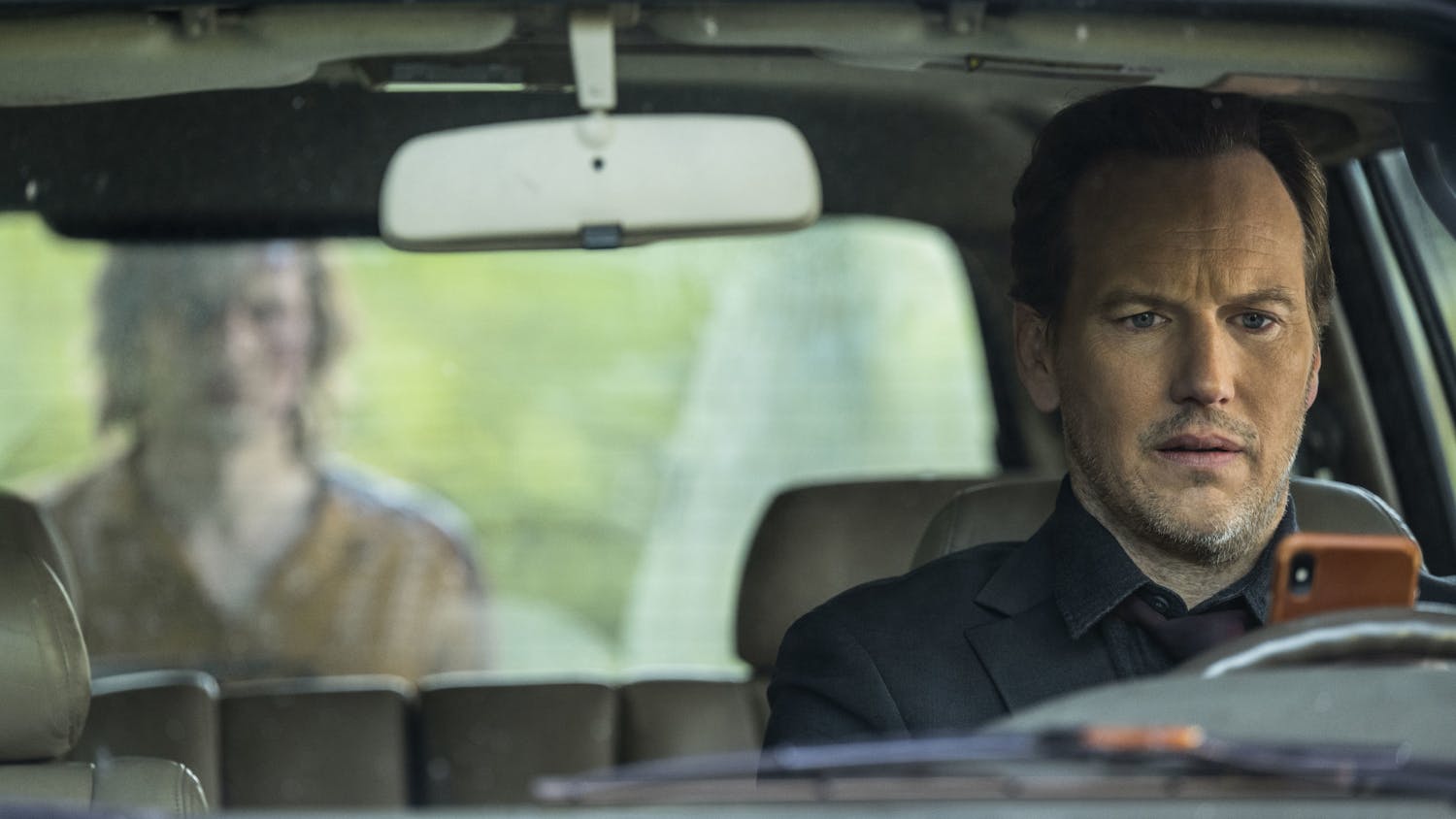Terrence Malick is somewhat of a hermit among the filmmaking community, what with only directing three films during the past 32 years. Good thing each one of them was a genuine artistic achievement worth fawning over, or else we might have forgotten about him by now. Malick's fourth film, "The New World," is another event in and of itself, combining a sense of visual wonder and subtle, moving drama that towers over all the Jesus lions and Queen Latifahs clogging today's cineplexes.\nThe particulars of "The New World's" focus on the initial colonization of North America in 1607 by European settlers, including the much-fabled John Smith (Colin Farrell), his stalwart Captain Christopher Newport (Christopher Plummer), and their half-hearted and ultimately failed attempts to peacefully coexist with the natives, or "naturals," of the territory that would later become coastal Virginia. Malick, being a notorious perfectionist, insisted that the vast majority of location photography take place in the same areas of Virginia in which the story exists, and true to his prior form, all visuals offered here are aesthetically stunning.\nThe actors uniformly stretch Malick's sparse, self-penned screenplay to its limits, with Farrell ("Alexander") turning in a career-best performance, demystifying the legend of John Smith. August Schellenberg and Wes Studi ("The Last of the Mohicans") elicit audience sympathy for the native tribe, Christian Bale ("Batman Begins") offers an adept study on tobacco farmer John Rolfe, and the 15-year-old newcomer Q'Orianka Kilcher brings the famed Pocahontas to vibrant life.\nMalick's past works loom large over "The New World," if only because they establish such a great deal to live up to. The frailty and fragility of human life in 1973's "Badlands," the wide-eyed reverence for love and nature in 1978's "Days of Heaven," and the extensive soul-searching and internal monologues of 1998's "The Thin Red Line" (possibly the best WWII film ever made) are all devices touched upon to varying degrees in "The New World," often in grand scope and to monumental effect.\nContemporary audiences may find Malick's use of internal monologues disrupting, but they're altogether necessary, given the minimal spoken-dialogue, and they achieve the same literary quality as the narrations in "The Thin Red Line." "The New World" represents an unbiased re-telling of a story told so sanitarily in high school history books, crafting a tale of two disparate societies, equal in historical validity, who are simply not sure what to make of one another.\nYanked from theatrical schedules two-weeks-ago due to a series of small edits deemed necessary by Malick, "The New World's" award hopes were seriously dashed by a late release. No matter, since Malick could seemingly care less about awards and accolades (he didn't even show up to the Oscars when "The Thin Red Line" was nominated for both Best Director and Best Picture). Regardless, along with a moving score by James Horner and sublime cinematography by Emmanuel Lubezki, Terrence Malick has made his fourth masterwork in 32 years.
The Beautiful Discovery
Cinematic poet returns after hiatus
Get stories like this in your inbox
Subscribe





